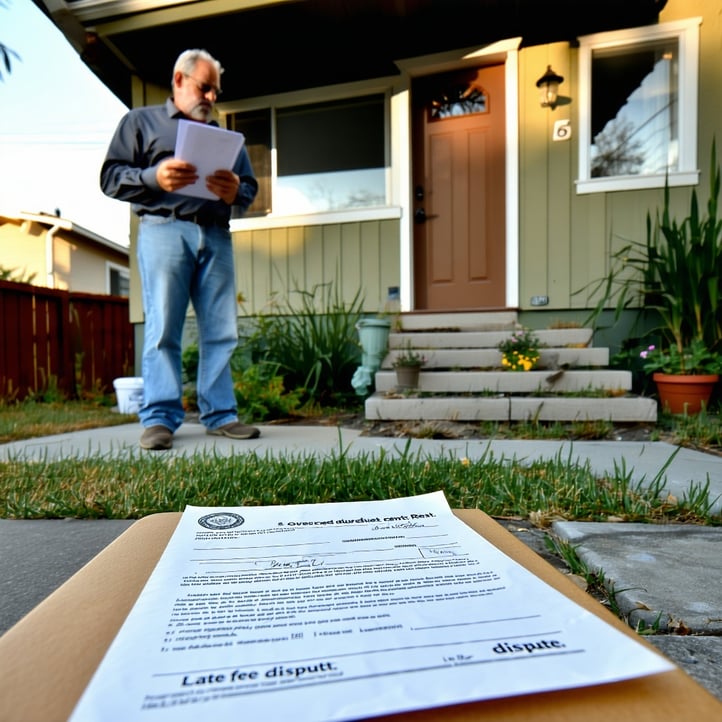What if your tenant says the property was damaged when I moved in?
What if your tenant moves out and damage was done to your property?
Well, you might say I’m just going to keep the deposit. Not so fast. Keep in mind that if the deposit is disputed you will most likely work out the dispute in small claims court so anytime you have a new tenant you should proceed under the assumption you will go to small claims court to present your case. If you start off with that mindset you will do the things required as a landlord to set you up for success.
The first step to set you up for success in court is to do a good move in evaluation of the property. We do this by using a 360 camera and taking pictures of each room. Then we take these pictures and drop them into a report. This report will be included in the lease and signed by the tenant. This establishes the move in condition of the property. 60 days before the end of the lease you should provide your tenant with a lease renewal. If the tenant does not sign the renewal you need to do two things. First, send a letter with instructions on how to vacate the property and details on what they need to do to get their deposit back. Second, in California according to California Civil Code § 1950.5 the tenant has the right to request the landlord do an inspection of the property prior to termination of the tenancy for the purpose of giving the tenant an opportunity to fix any tenant caused damages. We send this letter and it’s called the Notice of Right to Inspection Prior to Termination of Tenancy letter.
Then after the tenant moves out, we do the move out evaluation and using the 360 camera we create a move out report and document damage that is tenant caused damage. So again, imagine yourself in front of a judge in small claims court. The tenant tells the judge "I didn’t know what I needed to do to get my deposit back and besides that the damages the landlord says I caused were there when I moved in." You can hand the judge the move in evaluation the tenant signed, the move out evaluation and the two letters we just discussed and be in a good position as a landlord.
Finally you need to do a deposit disposition. The deposit disposition needs to include the amount of the deposit and then an itemized listing of any deductions from the deposit. For each deduction an invoice should be attached from the vendor used to fix the damage. The amount of remaining deposit needs to be returned to the tenant within 21 days. If the repair has not been done before 21 days you need to use an estimate for the repair and then within 14 days after the repair provide the invoice to the tenant.
The deposit disposition is the last step in the process. As you can see if you skip the earlier steps in the process your deposit disposition isn’t as effective. I hope this can help you. We provide property management services in North County San Diego. Most of our properties are located in Carlsbad, Encinitas, Oceanside, San Marcos, Vista, Escondido, Solana Beach, Del Mar. If you have any property management related questions don’t hesitate to contact us.





